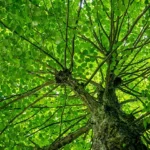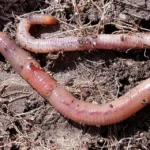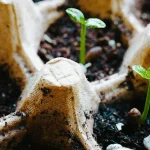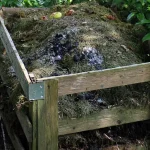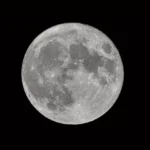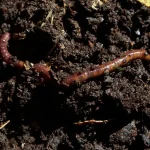In an era characterized by the constant search for sustainable methods to maintain and enhance environmental health, vermicomposting has gained considerable attention. Vermicomposting is a process that involves the use of worms and microorganisms to turn kitchen waste into a nutrient-rich soil conditioner, known as vermicompost.
While certain types of worms are popularly recognized for this process, the question arises: Can regular earthworms be used for vermicomposting? This article addresses this question and explores the suitability of using common earthworms in vermicomposting.
Understanding Vermicomposting
Before delving into our central topic, it's essential to understand vermicomposting. It's a bio-oxidative process in which earthworms, in collaboration with microbes, convert organic materials into humus—a dark brown-black layer of soil rich in nutrients and beneficial for plant growth. Vermicompost serves as an excellent soil additive that enhances its structure and fertility.
Species-Specific Roles
Contrary to general perception, not all earthworms are equal in vermicomposting; their efficacy depends on their species-specific roles in nature. Earthworm species are categorized into three major ecological types: epigeic (surface dwellers), endogeic (upper soil dwellers), and anecic (deep burrowers).
Epigeic species like Eisenia fetida (more widely known as red worms or red wigglers) and Eisenia hortensis (European nightcrawler) are commonly used for vermicomposting because these compost worms thrive on decaying organic matter found on soil surfaces.
Endogeic species mostly feed on dirt and decaying matter within it. Like common nightcrawlers (Lumbricus terrestris), anecic earthworms create deep vertical burrows where they drag leaves and other organic materials for decomposition. Though endogenic and genetic factors contribute significantly to soil aeration and nutrient cycling, they aren't as effective for vermicomposting due to their natural habitat preferences.
Can Regular Earthworms Be Used?
Now, to answer the question, can we use regular or common earthworms for vermicomposting? The answer to this isn't straightforward and will be influenced by your geological location, as the term “regular earthworm” can refer to vastly different species in different places.
If by “regular earthworm,” you're referring to surface dwellers like red worms or European nightcrawlers, then yes—they're deemed ideal for vermicomposting because they prefer compost heaps rather than soil.
On the other hand, if you're considering using anecic or endogeic earthworm species—found commonly in garden soils—you may find that these aren't as efficient or effective in a composting bin setup due to their distinct ecological habits. For instance, Lumbricus terrestris (commonly found in North America and Europe) prefers deep-soil burrowing and may not adapt well to shallow compost bins. However, they'll still provide some level of composting; it just may not be as rich or fast-produced as that via epigeic worms.
While it's clear that some species of earthworms are better suited than others for vermicomposting, don't discount the value of regular earthworms entirely. If you already have these in your garden soil, they're playing an invaluable role in improving soil structure and fertility.
Nevertheless, if your aim is optimal vermicomposting within a bin system at home, it might be worth investing in epigeic species like red wigglers or European nightcrawlers. Remember, no matter what earthworm species you use; vermicomposting is a wonderful method of waste reduction and soil enrichment that contributes to a sustainable environment.

Lifelong bacon junkie. Lifelong internet fanatic. Hipster-friendly travel aficionado. Twitter lover. Avid food buff. Incurable travel trailblazer.





